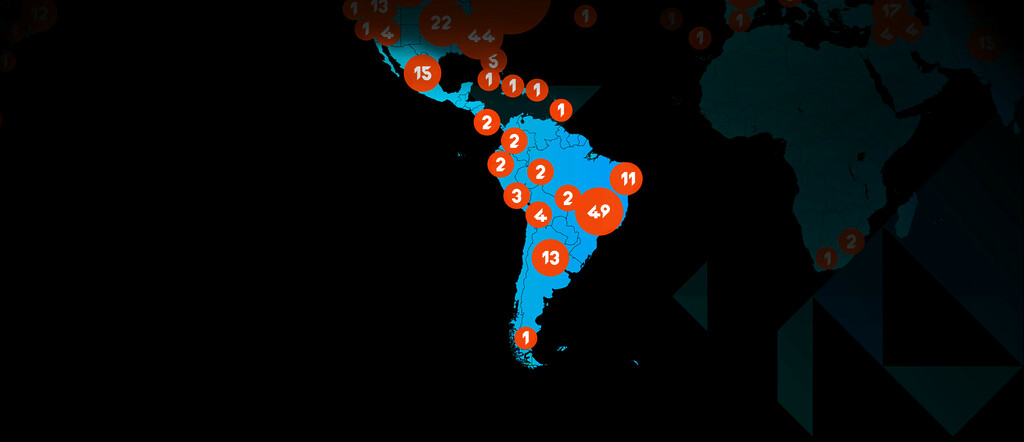
The Future of Video Delivery and Why Carriers Shouldn’t Hide
We launched the Qwilt product line earlier this year and began competing and winning in the rapidly growing video delivery market. After more than two years of the most amazing and challenging product development cycle, it is incredibly rewarding to hear from your first happy customers and sense the value creation process we are taking part in. Nothing quite validates all of the effort and the hard work as having one of your satisfied customers go on record to share their experience, as Conway Corporation’s CTO did – thank you, Jason.
We have been experiencing tremendous growth and traction in the Video Delivery space over the last year. A huge market transition is ahead of us, and this is recognized and affirmed by all the major players in our field – Cisco, Juniper, ALU, Akamai, Limelight, YouTube, Netflix, and many others. I felt that this is a good time to share with you our perspective on how the landscape will evolve over the next 12 – 18 months.
I just returned from the CDN Summit in London and one of the main takeaways from the conference is that online video is top of everyone’s mind, and that the market is rapidly shifting towards Universal Video Delivery. Few incumbent vendors have also realized that they have to approach carriers with a unified offering that combines CDN and Transparent Caching capabilities. This is tightly aligned with Qwilt’s vision of offering a unified Universal Video Delivery product that allows carriers to reduce OTT video traffic out of the box, while concurrently cooperating with the existing CDNs and the leading content providers. Ultimately, vendors with the best field-proven technology that reduces the distance between the Video Server and the Video Client in the most efficient and user friendly manner will dominate a vast market that has formed as part of this market transition. We believe that Qwilt is very well positioned for this transition.
The industry consensus is that video delivery from the edge is a matter of ‘when’ rather than ‘if’. In addition, there is a realization that transparent caching technology will play a major part in this transition. By combining these observations, it is clear that we should seek an open and transparent implementation of the technology that will greatly benefit the entire video delivery ecosystem – from content providers to subscribers, and everyone in between. That said, we sometimes encounter certain vendors who try to convince service providers that they should hide their transparent caching implementations from content providers and end users alike. In many ways, this contradicts the entire premise of transparency – why would carriers have to hide anything if what they are doing is completely legal and directly benefits their customers, not to mention content providers their customers are buying services from? For instance, hiding the implementation of transparent proxy technologies prevents content providers from maintaining accurate statistics about the actual edge cache that has been serving their content, and complicates their operations and customer support efforts. As a result, it degrades the end users’ experience as well.
Qwilt has developed an open video delivery architecture by using the inherent openness of the HTTP protocol that allows full accountability and transparency of the video delivery operation in real time. Envisioning the evolution mentioned above, we believe that the hidden approach cannot scale to distribute the value of transparent caching across the entire video delivery ecosystem, and we encourage carriers, CDNs and content providers alike to acknowledge it as well.
Our full presentation from the CDN World Summit 2012 is below:
Ready to take the next step?
We have a team of content delivery experts ready to answer your questions.
Related resources

Press Release
Qwilt showcases Open Edge Cloud for Content Delivery achievements at NAB Show 2024

Blog
Amazon’s “Diamond” points to Open Caching for live sports streaming

Press Release
Turkcell partners with Qwilt and Cisco to boost content delivery from the network edge, enhancing digital streaming experiences across Türkiye

News




